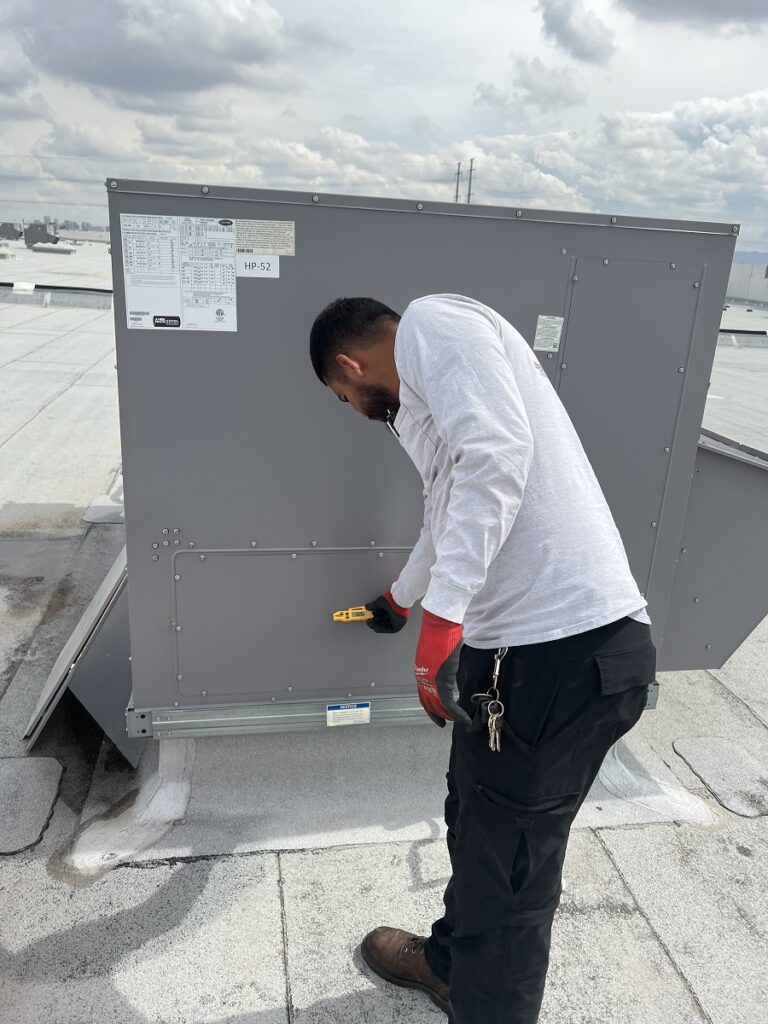Understanding Tonnage of Air Conditioning

Every year, during the summer season, a lot of people consider buying an air conditioner to get relief from the heat. While people are often aware of the good brands available in the market, there is one aspect where there is a lot of confusion and disinformation – Tonnage of the air conditioner. For many, the ton represents the weight of the AC.
Ton is used to measure weight. For air conditioners too, it measures weight but not the weight of the aircon. Instead, it measures the weight of ice. The tonnage represents the cooling capacity of the air conditioner.
What is the relationship between ice and air conditioning?
Just a few decades back, when there were no refrigerators and air conditioners, ice was used for cooling. The ice would absorb heat from food and keep it fresh for long. Houses were cooled using ice, and the quantity of ice would determine the amount of cooling.
Since then, ice has been used as a standard to measure refrigeration capacity. Ice melts at zero degrees Celsius (32-degree Fahrenheit) and absorbs 132 BTU (British Thermal Unit) per pound.
A ton of refrigeration is the amount of cooling provided by one short-ton (907 kg) of ice melting over 24 hours.
So, an air conditioner rated at 1-ton would provide an average cooling rate equivalent to 907 kg of ice melting over hours.
Measurement and equivalence
Air conditioners are hardly used for 24 hours. Even if they are, the compressor may not run all the time. Refrigeration stops when the compressor stops. So, it makes better sense to analyze the cooling capacity of an aircon based on seconds.
Energy required to melt one gram of ice = 334 Joules
Energy absorbed by one short-ton of ice = 907,000 * 334 Joules = 303 million Joules (approx.)
Seconds in a day = 86,400
Energy absorbed per second = 2.022 billion divided by 86,400 = 3500
Energy consumed per second is known as power, so a 1-ton air conditioner has a cooling power of 3500 Watts (approx.)
Using a similar calculation, a ton of refrigeration can be converted into BTU per hour, which also signifies the rate of cooling.
1 ton of air-conditioning = 3500 Watts of cooling = 12,000 BTU/hour of cooling
It now becomes straightforward to understand the cooling capacity of an aircon. Also, simple math applies from here on. You may multiply or divide these numbers to understand different air-conditioner capacities.
Why is it essential to understand tonnage?
People may not want to go into the depth of the physics behind air conditioner capacity. It is, however, essential to know this because from here, you may decide the sizing of an air conditioner and how to maximize the effectiveness of the aircon.
As you are now aware that a 1-ton aircon provides 3,500 watts of cooling power, any heat that gets into your air-conditioned environment will require the aircon to run for a longer time.
It is not just the heat the enters from outside. Any source of heat inside the room would effectively reduce cooling power.
If you use a 2000-watt induction heater for cooking noodles in your air-conditioned hall, your one-ton AC would effectively be reduced to less than half its cooling capacity.
Buying decision
We have a detailed article on how to decide the capacity of the air conditioner suitable for your home or office. It is recommended to have the tonnage just above your basic requirement because, with time, the performance of the aircon decreases due to aging, and you may need to replace the aircon faster because of insufficient cooling.
Variable Tonnage Air Conditioner
You may have heard about “Inverter air conditioners.” The inverter air conditioner is different from a non-inverter aircon and can change the speed of the compressor and vary the flow of refrigerant. Dual inverter air conditioners can operate at a different pace and cooling rate.
A non-inverter 1.0-ton air conditioner would provide cooling of 3500W (as discussed above) regardless of the settings. On the other hand, a dual inverter air conditioner can operate at a different tonnage due to a change in compressor speed and refrigerant flow.
These inverter ACs have a nominal (rated) tonnage, a minimum, and a maximum value. They can operate at any capacity between the minimum and maximum value. The maximum value may be significantly higher than the nominal (rated) tonnage.
Variable speed allows the aircon to work continuously without turning the compressor ON and OFF. This leads to more stable room temperature and lesser power consumption.
Another advantage of variable tonnage aircons is that they can provide more cooling than their rated tonnage for a small duration by running the compressor at a higher than average speed. This feature comes in handy for areas with a scorching climate where a fast reduction in temperature is required.
If you are in Singapore, then you can hire experts from the MCL Aircon, reliable aircon service Singapore company. Yes, the company provides legitimate packages on aircon servicing/ installation/ repairing/ replacing and much more! Please read here on our top 5 reliable and best aircon service providers list in Singapore and our top choice. We are open 24 hrs a day and at your service for urgent aircon servicing in Singapore.





